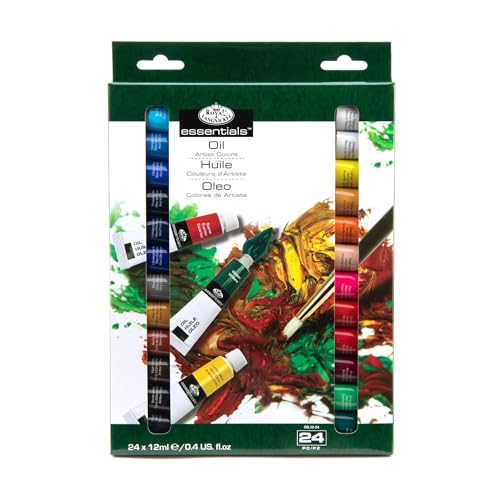Understanding the basics of oil paint glazes
Oil paint glazes are a popular technique used by artists to add depth and luminosity to their paintings. A glaze is a thin, transparent layer of paint applied over a previously dried layer of paint. When light passes through the glaze and reflects off the underlying layer, it creates a vibrant and glowing effect.
The key to creating a successful glaze with oil paint is to understand the properties of the medium, such as drying time and viscosity. Oil paint takes a long time to dry compared to other types of paint, which means that glazing requires patience and careful planning.
Preparing your materials
Before you begin creating your oil paint glaze, it’s important to prepare your materials. You will need a jar of medium, a palette, and your oil paint tubes. The medium you use should be specifically designed for glazing, as it will have the right consistency and drying time to achieve the desired effect.
Start by squeezing out a small amount of paint onto your palette. Next, add a few drops of glazing medium and mix the two together with your palette knife. You may need to experiment with the ratio of paint to medium to achieve the right consistency. The glaze should be thin enough to spread easily but not so thin that it runs or drips.
Applying the glaze
To apply the glaze, use a soft brush and apply a thin layer of the mixture to your painting. It’s important to use a light touch and avoid overworking the paint, as this can cause the glaze to blend with the underlying layer too much. Allow the glaze to dry completely before adding any additional layers.
You can repeat the glazing process as many times as necessary to achieve the desired effect. Each layer will add more depth and luminosity to your painting. However, it’s important to allow each layer to dry completely before adding more.
Tips for creating a successful oil paint glaze
Creating a successful oil paint glaze takes practice and patience. Here are a few tips to help you achieve the best results:
- Use a high-quality, transparent paint for your glaze. This will allow the underlying layers to show through and create a sense of depth.
- Avoid adding too much medium to your paint mixture, as this can cause the glaze to become too thin and runny.
- Work in a well-ventilated area and avoid inhaling the fumes from the medium and paint.
- Be patient and allow each layer to dry completely before adding another. This will prevent the glaze from blending too much with the underlying layer.
- Experiment with different colors and color combinations to create a unique and vibrant effect.






